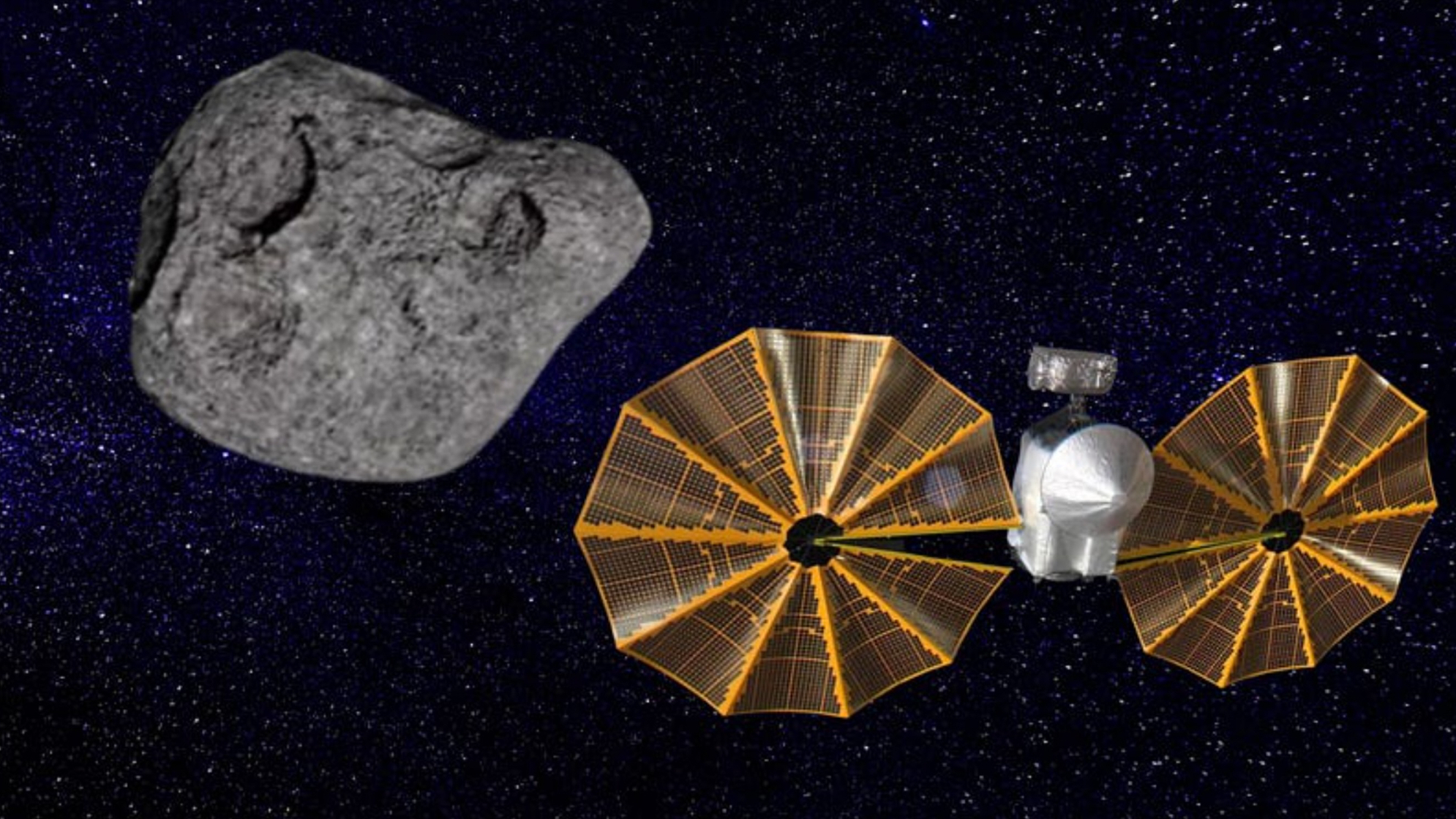How Earth's new Rubin Observatory will usher in the next era of asteroid space missions
"Nothing will come close to the depth of Rubin’s survey and the level of characterization we will get for solar system objects."

The forthcoming Vera C. Rubin Observatory will never leave Earth itself, but the highly detailed, "big picture" view of the cosmos it will offer scientists may very well kick-start a new era of space exploration.
The solar system is filled with billions of small rocky bodies and icy objects, many of which formed around 4.5 billion years ago when planets like the Earth were forming around the sun. Space missions like NASA's OSIRIS-REx, Lucy, and Psyche have been making strides in visiting these primordial solar system bodies. They've been collecting images, and OSIRIS-REx even snagged a few samples, for investigation here on Earth — all informed by data collected by observatories across the globe.
Rubin, which will see its "first light" in 2025, will be capable of detecting millions of new asteroids, comets and potentially even bodies passing through our planetary backyard from other systems. Take Oumuamua, for instance, which was first spotted in 2017. After detecting these bodies, Rubin will then quickly track them as they move around the solar system and tread close to Earth — or even if they remain in the main asteroid belt between Mars and Jupiter.
Related: Dark energy is forcing the universe to expand. This new observatory may show us how
"Nothing will come close to the depth of Rubin's survey and the level of characterization we will get for solar system objects," Siegfried Eggl, Assistant Professor at the University of Illinois Urbana-Champaign and Lead of the Inner Solar System Working Group within the Rubin's Solar System Science Collaboration, said in a statement. "It is fascinating that we have the capability to visit interesting objects and look at them close-up. But to do that, we need to know they exist and where they are.
"This is what Rubin will tell us."
Picking out asteroid muses
Rubin will monitor solar system bodies and cosmic objects that quite far out, beyond even the limits of the solar system and the Milky Way galaxy, as it conducts its 10-year Legacy Survey of Space and Time (LSST).
Get the Space.com Newsletter
Breaking space news, the latest updates on rocket launches, skywatching events and more!
Scanning the entire southern hemisphere sky every few nights with an 8.4-meter, fast-moving telescope and the largest digital camera in the world, Rubin is expected to vastly increase our catalog of known solar system objects that has been built over 200 years — by at least 5 times, scientists project.

Not only will Rubin, presently under construction on the mountain Cerro Pachón in northern Chile, spot a multitude of new solar system objects, but scientists also expect it to gather more information about the broader "spacescape" of the solar system.
This could reveal whole regions that contain unique objects to consider as future space mission targets.
"If you think of Rubin as looking at a beach, you see millions and millions of individual sand grains that together constitute the entire beach. There might be an area of yellow sand, or volcanic black sand," Eggl said. "A space mission to an object in that region could investigate what makes it different. Often, we don’t know what’s weird or interesting unless we know the context it’s in."
The observatory will be further able to alert operators to changes in the night sky within 60 seconds of spotting them, which could help space agencies quickly plan and deploy a mission toward rapidly moving objects of interest.
This could also give scientists an early warning of an interstellar object like Oumuamua as it passes through the solar system, for instance, allowing teams to study the intruder in situ before it slips out of reach and back into deep space.
"Rubin is capable of giving us the prep time we need to launch a mission to intercept an interstellar object," Eggl added. "That's a synergy that's very unique to Rubin and unique to the time we’re living in."

One project that is already gearing up to take advantage of Rubin data is the JAXA/European Space Agency Comet Interceptor mission that will launch in 2029. The Interceptor will await sighting of a visitable, long-period solar system comet or interstellar object as it passes in front of the sun. Then, it will be deployed for investigtaion.
Rubin could also assist with missions concerning interesting objects located close to the passage of a spacecraft as it conducts its primary mission.
One active mission that could benefit from Rubin's eye on the solar system is NASA's asteroid-hopping spacecraft, Lucy. The 12-year mission is set to perform the first in situ study of the Trojan asteroids, two families of space rocks that share Jupiter's orbit around the sun.
Rubin could spot smaller, fainter asteroids that lie near Lucy's path to Jupiter, offering the NASA mission some new and unexpected fly-by opportunities.
"With our current telescopes, we’ve essentially been looking at the big boulders on the beach," Eggl concluded. "But Rubin will zoom in on the finer grains of sand."
Join our Space Forums to keep talking space on the latest missions, night sky and more! And if you have a news tip, correction or comment, let us know at: community@space.com.

Robert Lea is a science journalist in the U.K. whose articles have been published in Physics World, New Scientist, Astronomy Magazine, All About Space, Newsweek and ZME Science. He also writes about science communication for Elsevier and the European Journal of Physics. Rob holds a bachelor of science degree in physics and astronomy from the U.K.’s Open University. Follow him on Twitter @sciencef1rst.
